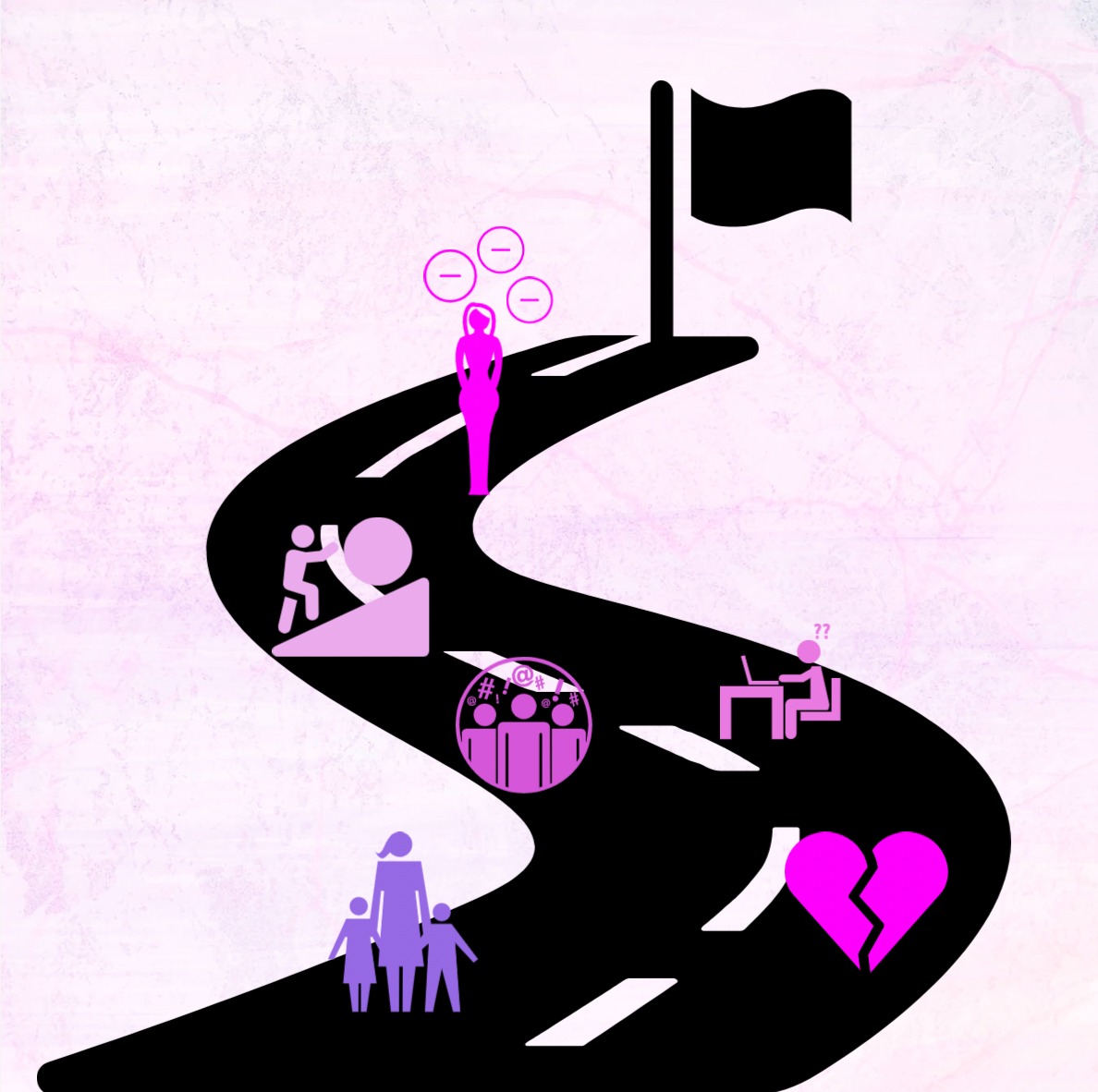
Unblocking the Equality Pipeline in Mechanical Engineering
This partnership between a globally connected university in Scotland (North Britain), and a new, rapidly-growing and well-respected university in Egypt (North Africa) will focus entirely on empowering women in the area of mechanical engineering.
Objective/Contributions:
We wish to establish a paradigm for tackling the barriers to gender equality in the “difficult” area of mechanical engineering.
This partnership between a globally connected university in Scotland (North Britain), and a new, rapidly-growing and well-respected university in Egypt (North Africa) will focus entirely on empowering women in the area of mechanical engineering. The partners firmly believe that modern mechanical engineering has much to inspire and excite women and aims to use its role models to inspire girls and young women, particularly those with limited access to opportunity.
The partner institutions have a common interest in engaging more women in mechanical engineering and both have a core local group (faculty, graduates, RAs, undergraduates) of female mechanical engineers who would form the working group for the project, which will culminate in two workshops engaging women at all career stages (school to academic leadership roles). At the workshops, delegates and research workers will establish the “pipeline repair” model, and agree on the plan to propagate this, both geographically and throughout the career stages for mechanical engineers.
The institutions also have some common research interests in the area of modern mechanical engineering where they have experienced a higher-than-usual interest from women. These are sustainable engineering, (medical device) manufacture, smart materials/structures and biomedical engineering. The institutions also have common teaching interests in mechanical and manufacturing (a.k.a. industrial) engineering at all levels from the bachelor's to the doctorate.
To sustain the partnership, we will consider a number of measures, the cost of which can be borne with existing resources; applicant scholarships, undergraduate scholarships for attachment to research groups during vacations, exchanges ++, such as (female) faculty at NU/HWU going to Edinburgh/Giza to do a co-supervised Ph.D. while part-time teaching. Beyond this, we hope to propagate the model using institutional, national and international funding sources.
Outcome:
Our gender equality model is focused on achieving a 50/50 split between men and women, recognizing that the empowerment of women requires the inclusion of “men as allies”.
The delivery team will include core administrative and academic staff from the two partner institutions, in the latter of which gender balance may be more challenging. We will ensure that this balance is achieved amongst the academic staff, even if it means going outside mechanical engineering to other engineering subjects or cognate science disciplines.
The current gender balance between the project leads will be mirrored in the selection of the project research associate (i.e. female at Heriot-Watt University and male at Nile University). It is expected that this person will be recruited from amongst current research associates or junior faculty as it will be a part-time role.
The project work plan includes roles for a large number of “student helpers” at all levels from new undergraduate entrants to final-year Ph.D. A strict 50/50 split will be ensured by the selection of those coming forward as interested, avoiding, if possible, going outside mechanical engineering.
